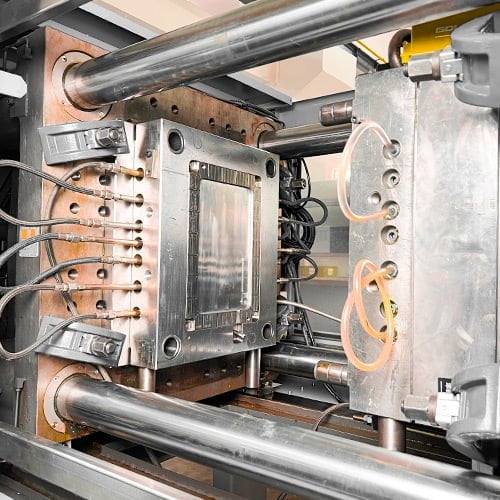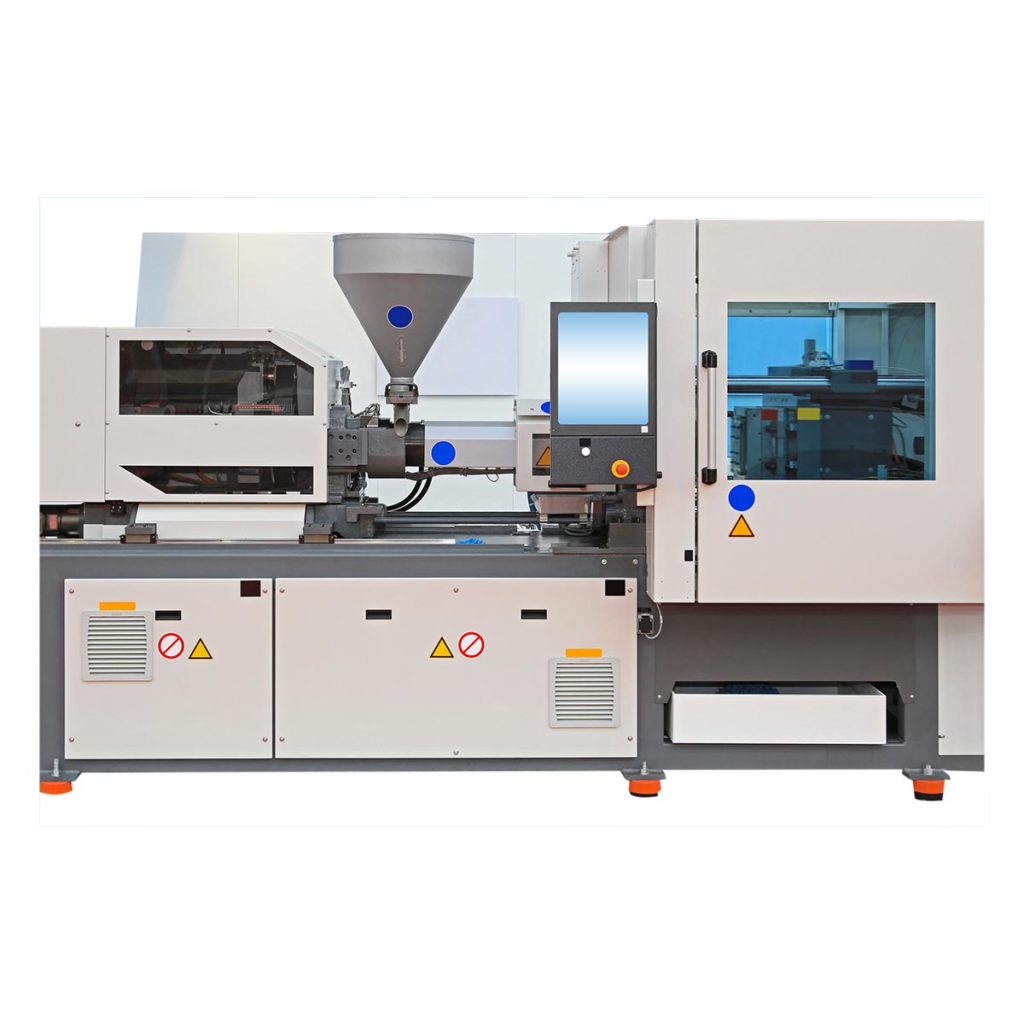Why Plastic Injection Molding Is Crucial for Accuracy and Longevity
Why Plastic Injection Molding Is Crucial for Accuracy and Longevity
Blog Article
Understanding the Basics of Plastic Shot Molding Processes
Plastic injection molding serves as a keystone of contemporary manufacturing, giving a systematic technique to producing complex components with precision. Discovering these essential elements could reveal how even minor adjustments can lead to considerable enhancements in manufacturing outcomes, raising concerns regarding the possibility for technology in this recognized procedure.
What Is Plastic Injection Molding?
Plastic injection molding is an extensively utilized manufacturing procedure that transforms thermosetting and thermoplastic products into precise and complicated shapes. This method is favored for its capacity to create high volumes of similar parts with phenomenal precision, making it an important method in numerous sectors, consisting of automotive, durable goods, and medical gadgets.
The process entails melting the chosen plastic product and injecting it into a mold and mildew under high pressure. The mold, made to the specifications of the desired part, permits the liquified plastic to take form as it solidifies and cools down. When the material has actually set, the mold and mildew is opened, and the completed element is expelled.
Plastic injection molding supplies a number of advantages, including minimized waste, consistency in production, and the capability to include elaborate layouts that might be challenging with other making methods. Additionally, it supports a wide variety of materials, each supplying special buildings that can be tailored for particular applications. As markets remain to innovate, plastic shot molding stays at the leading edge, enabling the growth of advanced items that satisfy advancing consumer demands.
The Injection Molding Refine
The injection molding process is an advanced technique that entails several key phases to create high-quality plastic components. Plastic pellets are fed right into a warmed barrel where they are melted into a thick fluid. This molten plastic is after that infused under high stress right into a precision-engineered mold, which forms the material into the preferred type.
As soon as the mold is filled, the plastic is permitted to cool down and strengthen, taking the shape of the mold and mildew cavity. Air conditioning time is vital, as it influences the cycle time and the final homes of the shaped part. After enough air conditioning, the mold and mildew opens, and the completed component is ejected making use of ejector pins.
Products Utilized in Shot Molding
Various materials can be made use of in the shot molding procedure, each offering one-of-a-kind properties that satisfy certain applications. One of the most generally made use of materials consist of thermoplastics, thermosetting plastics, and elastomers.

Thermosetting plastics, like epoxy and phenolic resins, undergo a chemical modification throughout the treating process, causing a rigid, inflexible framework. These materials are excellent for applications requiring high warm resistance and structural integrity, usually used in vehicle components and electric insulators.
Elastomers, including silicone and rubber-based products, provide flexibility and durability. Their special residential or commercial properties make them ideal for applications that require flexibility, such as gaskets and seals.
Furthermore, specialty products like bio-based plastics and composites are obtaining grip for their ecological benefits and improved efficiency characteristics, broadening the scope of shot molding applications in numerous industries. Recognizing the buildings of these materials is critical for choosing the appropriate type for details jobs.
Advantages of Shot Molding
Injection molding stands apart as an extremely efficient production process that uses countless advantages for creating complex components with accuracy. Among the most significant advantages is the capacity to create elaborate designs that would certainly be difficult or impossible to achieve with various other techniques (Plastic Injection Molding). The procedure permits for comprehensive features and tight tolerances, making certain top quality parts
Furthermore, shot molding is known for its rapid manufacturing capacities, making it an excellent choice for high-volume production. Once the mold is created, parts can be created quickly, minimizing lead times and boosting total productivity. This effectiveness not only reduces production costs but additionally gives an one-upmanship on the market.
The adaptability of materials made use of in shot molding further boosts its appeal. A large range of thermoplastics and thermosetting polymers can be employed, allowing manufacturers to choose products that finest satisfy their details needs, consisting of flexibility, stamina, and warm resistance.
Additionally, the procedure decreases waste, as excess material can typically be recycled and recycled. This sustainability facet adds to a decreased ecological effect, making injection molding a liable production choice. Overall, the advantages of injection molding make it a recommended method for many sectors.
Aspects Influencing Product High Quality
While various aspects can affect product high quality in shot molding, understanding these elements is important for attaining ideal results. Key elements consist of product choice, processing parameters, and mold design.
Material choice plays an important function, as various polymers exhibit distinct homes that impact flowability, strength, and thermal stability. Poor product selection can result in flaws such as warping or insufficient filling.
Handling criteria, including pressure, cycle, and temperature time, should be carefully regulated. Variations in these settings can result in variances partly measurements and surface coating. Exceedingly high temperature levels may trigger destruction of the polymer, while poor stress can result in brief shots.
Mold click here for more and mildew layout is equally essential, as it figures out the flow of the molten plastic and the cooling procedure. Badly created mold and mildews may result in uneven cooling rates, causing residual anxieties and dimensional inaccuracies.

Conclusion
Finally, plastic shot molding serves as a vital manufacturing process that enables the effective manufacturing of high-quality parts. Proficiency of the injection molding process, including the understanding of materials and the influence of various elements on item high quality, is necessary for attaining ideal outcomes. The advantages of this Home Page approach, such as cost-effectiveness and design versatility, additional emphasize its value throughout numerous sectors, strengthening its condition as a recommended option for high-volume production.
Plastic injection molding serves as a keystone of contemporary production, offering a methodical approach to producing complex components with accuracy.Plastic injection molding supplies several benefits, consisting of decreased waste, consistency in manufacturing, and the capability to incorporate elaborate styles that may be testing with other manufacturing approaches (Plastic Injection Molding). As industries proceed to innovate, plastic injection molding continues to be at the forefront, making it possible this website for the advancement of sophisticated products that satisfy evolving consumer demands
The shot molding process is an advanced technique that includes several vital stages to create premium plastic parts.In conclusion, plastic shot molding serves as an important production process that allows the reliable manufacturing of premium components.
Report this page